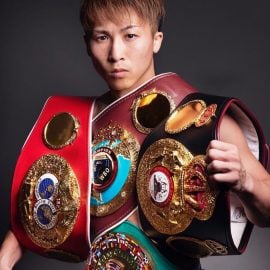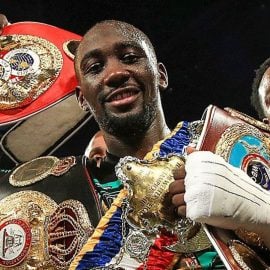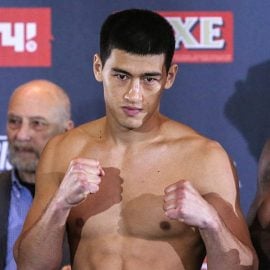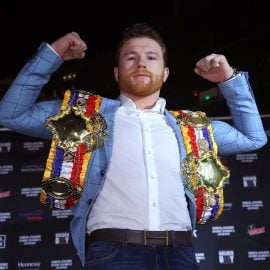10: Notable Olympic boxing controversies
4. August 4, 1992 – Torsten May (Germany) W 3 Montell Griffin (USA)
By itself, this 1992 light heavyweight quarterfinal is worthy of making this list. That’s because Argentina’s Osvaldo Bisbal saw fit to assess a three-point penalty to the 5-7 Griffin for slipping the 6-4 May’s right jab and making the mistake of having his headgear strike the German’s armpit. That decision turned a 4-2 Griffin lead into a 5-4 deficit with less than a minute remaining in the bout. May went on to win the fight 6-4 and an enraged Griffin bolted from the ring and ran to the dressing room immediately after the decision was read over the loudspeaker. U.S. officials were tempted to file a protest on Griffin’s behalf, but given that their efforts to overturn a more egregious result – Griffin’s loss to Lozano – fell on deaf ears they declined to do so because they felt the attempt would have been futile.
What vaults this fight up the list is what transpired afterward. Just before the point penalty was assessed, a short left by Griffin combined with the sharp-edged lip of May’s headgear opened a massive cut over the German’s right eye. Given the severity of the six-stitch gash, it was highly unlikely that May would be fit to fight Poland’s Wojciech Barnik three days later. But not only was May able to meet Bartnik, he beat him 8-6 and went on to win the gold two days after that with an 8-3 decision over Rostislav Zaulichnyy of the Unified Team.
Was May the beneficiary of a medical miracle? Not really, for May’s gold was made possible by two maneuvers that violated Olympic rules and any sense of competitive fairness.
Maneuver number one: Up until the May-Griffin fight American doctor Bob Voy had been the man charged with determining whether cuts were severe enough to warrant removal from competition. But after May sustained what looked to be an Olympics-ending gash, Voy was replaced with a German doctor –
the same nationality as May.
Maneuver number two: For his remaining two fights May wore a mysterious black-colored dressing that looked to have the consistency of tar. NBC’s Wally Matthews was told the protective material consisted of multiple layers of gauze soaked in collodion, which is often used as a surgical dressing. When dried, it forms a flexible cellulose film. Olympic rules specifically state that no dressings or patches aside from Vaseline can be used to protect a cut, but the German doctor approved the substance covering May’s cut not once, but twice.
Had Voy still been in charge – or perhaps even a doctor from a country other than the U.S. or Germany – that dressing would have been summarily rejected. The fact that it was not reeked of favoritism – at best. Was corruption involved? That judgment is best left to the individual, but the succession of circumstances and coincidences suggest something nefarious was at play. What is beyond dispute is that the May episode ranks among the worst controversies in Olympic boxing’s sorry history.
“When you go in there, they’re against you,” said U.S. coach Joe Byrd, father of 165-pound silver medalist and future heavyweight champion Chris Byrd. “We have to come out and do everything perfect. They don’t care about America. These small countries, they laugh at us.” Though said in the heat of the moment, Byrd’s words, given the history already recounted here and that which will be profiled later in this article, are difficult to dispute.














